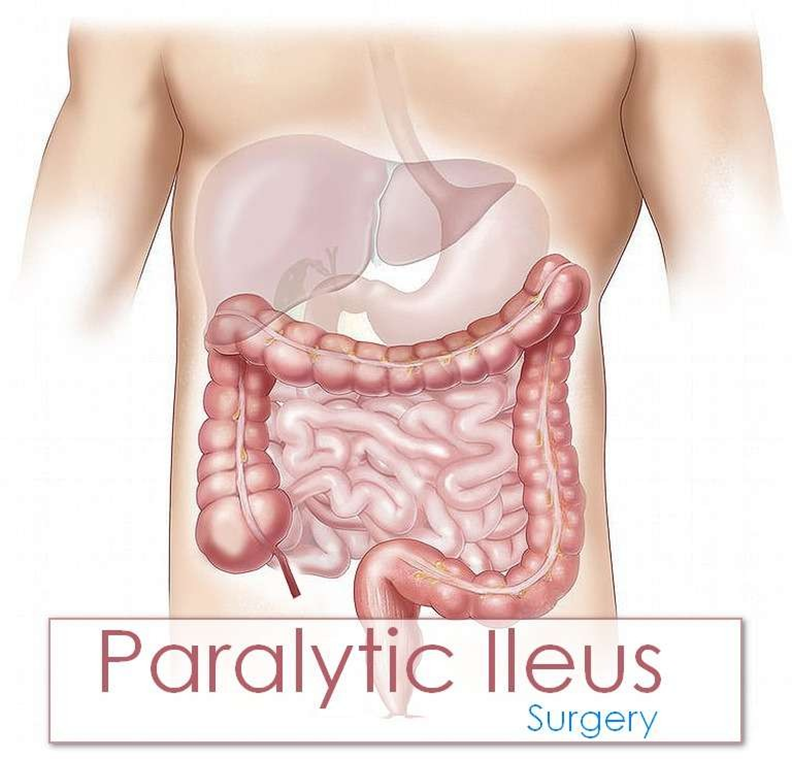A nurse is assessing a patient with a surgical wound healing by secondary intention. Which finding should the nurse report to the charge nurse?
The wound is tender to touch.
The wound has a halo of erythema on the surrounding skin.
The wound is draining serosanguineous fluid.
The wound has pink, shiny tissue with a granular appearance.
The Correct Answer is B
Choice A rationale:
Tenderness to touch is a common finding in wounds healing by secondary intention. It's often due to inflammation, which is a normal part of the healing process. The inflammation brings in cells and substances that promote healing. However, increased tenderness, especially when accompanied by other signs of infection, should be reported.
Choice B rationale:
A halo of erythema on the surrounding skin is a sign of infection. This is a serious complication that can delay healing and lead to further complications. The erythema indicates that the infection is spreading beyond the wound edges and needs prompt attention.
Choice C rationale:
Drainage of serosanguineous fluid is also common in wounds healing by secondary intention. This fluid is a mixture of serum (clear yellowish fluid) and blood. It's a sign that the wound is cleaning itself and new tissue is forming. While excessive drainage or a change in color or odor could signal a problem, drainage itself is not necessarily a cause for concern.
Choice D rationale:
Pink, shiny tissue with a granular appearance is a sign of healthy granulation tissue. This is a type of tissue that forms during the healing process. It's rich in blood vessels and collagen, which are essential for wound healing. The presence of granulation tissue indicates that the wound is healing well.
Nursing Test Bank
Naxlex Comprehensive Predictor Exams
Related Questions
Correct Answer is B
Explanation
Choice B rationale:
Stridor is a high-pitched, wheezing sound that is heard during inspiration. It is caused by a narrowing or obstruction of the upper airway. This can be a serious complication after extubation, as it can indicate that the patient is not able to breathe adequately. Stridor can be caused by a number of factors, including:
Laryngeal edema: This is swelling of the larynx, which can be caused by irritation from the endotracheal tube.
Laryngospasm: This is a sudden constriction of the muscles of the larynx, which can be caused by irritation or by a foreign body in the airway.
Vocal cord paralysis: This is a loss of movement of the vocal cords, which can be caused by damage to the nerves that control them.
Blood or secretions in the airway: These can obstruct the airway and cause stridor.
It is important for the nurse to report stridor to the provider immediately so that the cause can be identified and treated. Treatment may include:
Oxygen therapy: This can help to improve the patient's breathing.
Medications: These may be used to reduce inflammation or to relax the muscles of the airway. Reintubation: This may be necessary if the patient is not able to breathe adequately on their own.
Correct Answer is A
Explanation
Choice A rationale:
Paralytic ileus is a common postoperative complication that occurs when the normal movement of the intestines (peristalsis) is slowed or stopped. This can lead to a buildup of gas and fluids in the intestines, causing abdominal distention, nausea, vomiting, and constipation. The absence of bowel sounds, abdominal distention, and the inability to pass flatus are all classic signs of paralytic ileus.
Here are some of the factors that can contribute to paralytic ileus: Manipulation of the intestines during surgery
Anesthesia
Pain medications, especially opioids Electrolyte imbalances
Dehydration
Underlying medical conditions, such as diabetes or kidney disease Treatment for paralytic ileus typically involves:
Resting the bowel by not eating or drinking anything by mouth
Using a nasogastric (NG) tube to suction out gas and fluids from the stomach Providing intravenous (IV) fluids and electrolytes
Encouraging early ambulation
Using medications to stimulate bowel movement, such as metoclopramide or erythromycin

Choice B rationale:
Incisional infection is an infection of the surgical wound. It would typically present with redness, warmth, swelling, and pain at the incision site. The patient may also have a fever. While incisional infections can occur after abdominal surgery, they are not typically associated with the absence of bowel sounds, abdominal distention, and the inability to pass flatus.
Choice C rationale:
Fecal impaction is a severe form of constipation in which a large, hard mass of stool becomes trapped in the rectum. It can cause abdominal pain, bloating, and difficulty passing stool. However, it is not typically associated with the absence of bowel sounds or abdominal distention.
Choice D rationale:
Health care-associated Clostridium difficile (C. difficile) is a bacterial infection that can cause severe diarrhea, abdominal pain, and cramping. It is often associated with antibiotic use. While C. difficile can occur after abdominal surgery, it is not typically associated with the absence of bowel sounds, abdominal distention, and the inability to pass flatus.
Whether you are a student looking to ace your exams or a practicing nurse seeking to enhance your expertise , our nursing education contents will empower you with the confidence and competence to make a difference in the lives of patients and become a respected leader in the healthcare field.
Visit Naxlex, invest in your future and unlock endless possibilities with our unparalleled nursing education contents today
Report Wrong Answer on the Current Question
Do you disagree with the answer? If yes, what is your expected answer? Explain.
Kindly be descriptive with the issue you are facing.
